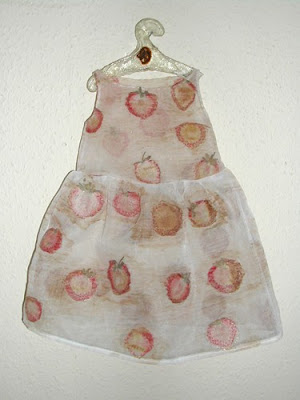Recently I saw Tony Cragg’s latest work along ‘Exhibition Road’, it was
a series of remarkable bronze sculptures that had materialised along the road in
South Kensington amongst the grandiosity of the surrounding Natural History and Victoria
& Albert Museums.
"I call bronze the archaic plastic, when you melt bronze
it’s more liquid than water. So you can cast very fine, complex forms from it.
People knew this 6,000 years ago. Bronze has never lost its relevance."
They
looked so interesting against the backdrop of those buildings and it was interesting
to see what happens when art is taken out of the gallery space; the comparison
of them being used at seats and ashtrays, as well being appreciated and admired.
 |
| 'Versus' 2012 |
 |
| 'Ferryman' 2001 |
 |
| 'Luke' 2008 |
 |
| 'Ellipitcal column' 2012 |
Tony
Cragg began with a career in science but realising that his future lay in art,
he went to The
RCA Sculpture School which shared a back yard with the Natural History Museum
and the Geological Museum. He was constantly in those places; particularly the geological
museum (now part of the Natural History Museum), as it conveyed a profound
sense of how Britain’s development has been determined by its material
structure. “There were minerals, rocks and fossils from various parts of
Britain. You could look at crystal forms and see exactly why they look the way
they do, not just through their surfaces, but the atoms and molecules behind
them.”
 |
| 'New Configuration' 1985 |
 |
| 'New Stones, Newton's Tones' 1978 |
While his earlier work was created from the
basis of using found objects, and arranging them, he realised he couldn’t go on endlessly finding new materials, and “wanted
to do more with the forms themselves.” The result was the gradual move towards
more traditional materials.
“We perceive the world through light reflected on surfaces.
We develop a fantastic ability to read these surfaces and what lies behind
them. And these surfaces are always the product of a function. There’s a reason
things look the way they do – a value to everything. But if you shift these
relationships just a bit, put another emphasis on them, new meanings come out
of it.”



























































